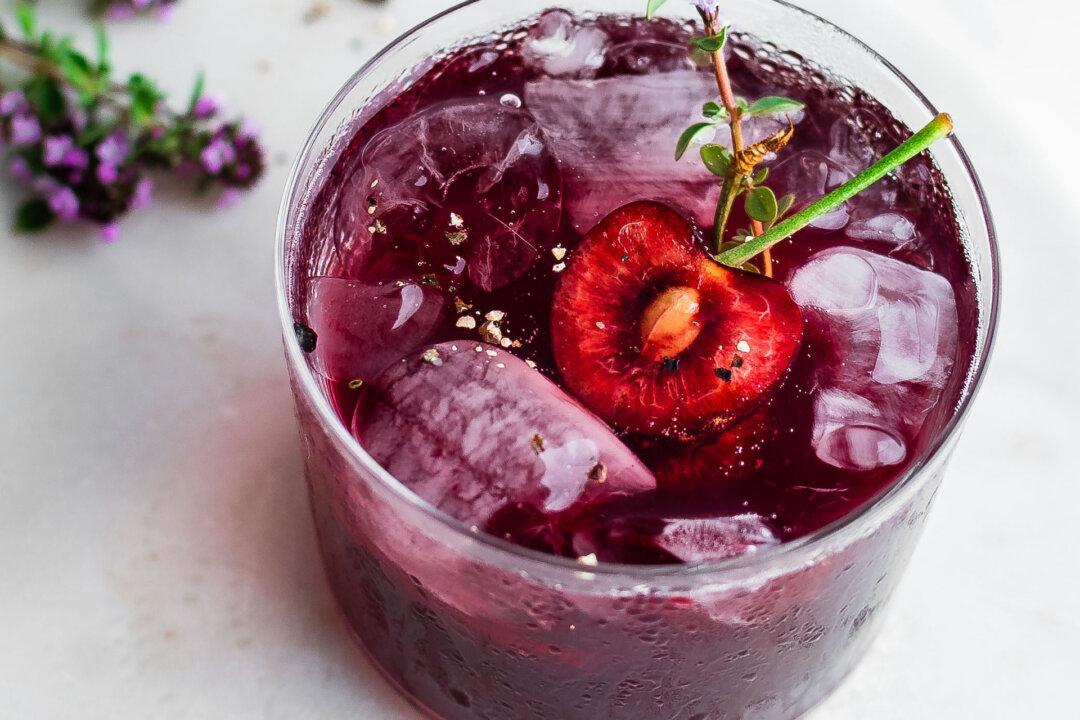When the summer heat is at its peak, we’re all looking for ways to keep cool. The solution to besting high temperatures might just be in your herb cabinet. People in hot climates have long sought specific herbal allies to provide relief on summer’s hottest days. If you’ve ever craved a cold glass of iced tea on a steamy afternoon or a scoop of mint ice cream on a warm night, you already know how refreshing and revitalizing herbs can be.
Among the herbs particularly prized for their cooling qualities are mint, hibiscus, lemongrass, lemon balm, and chamomile. These cooling herbs not only combat the heat, but also calm inflammation.





